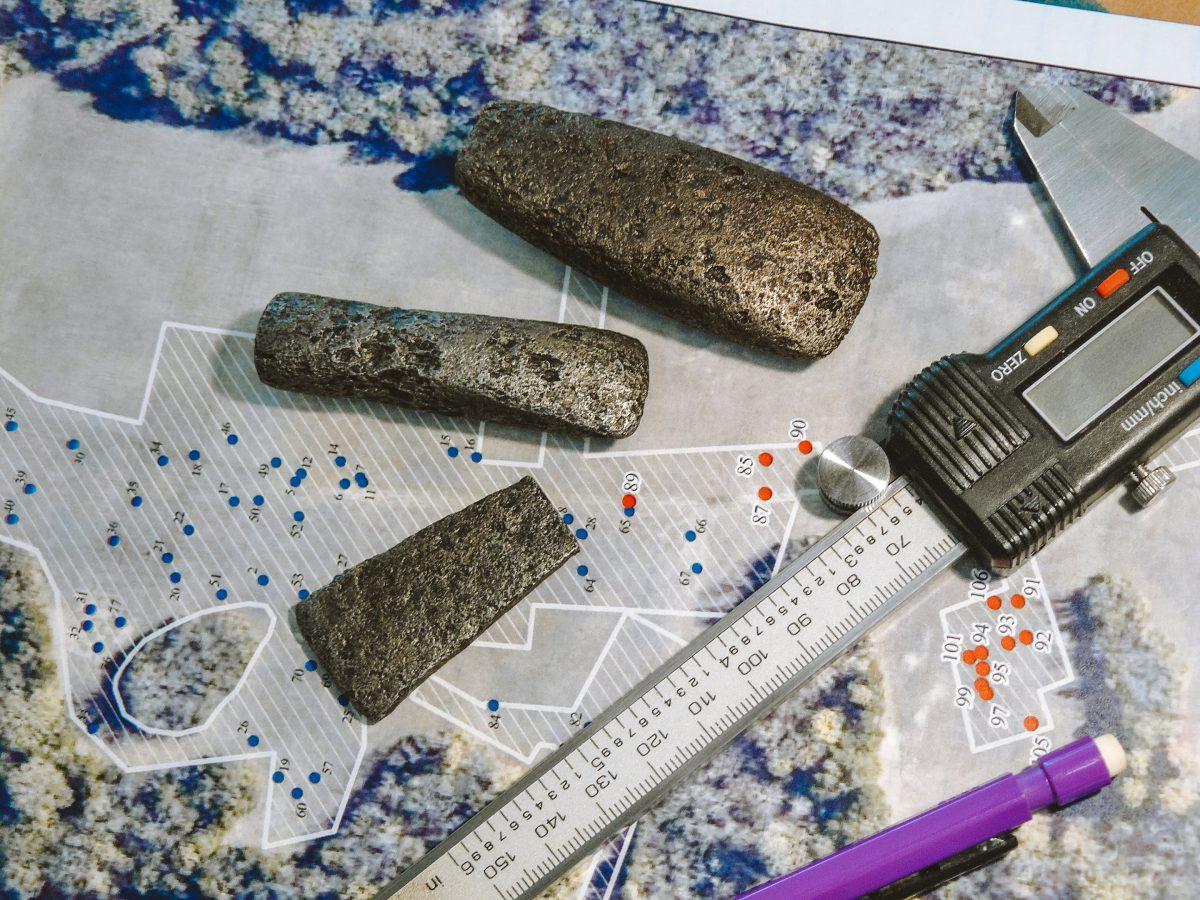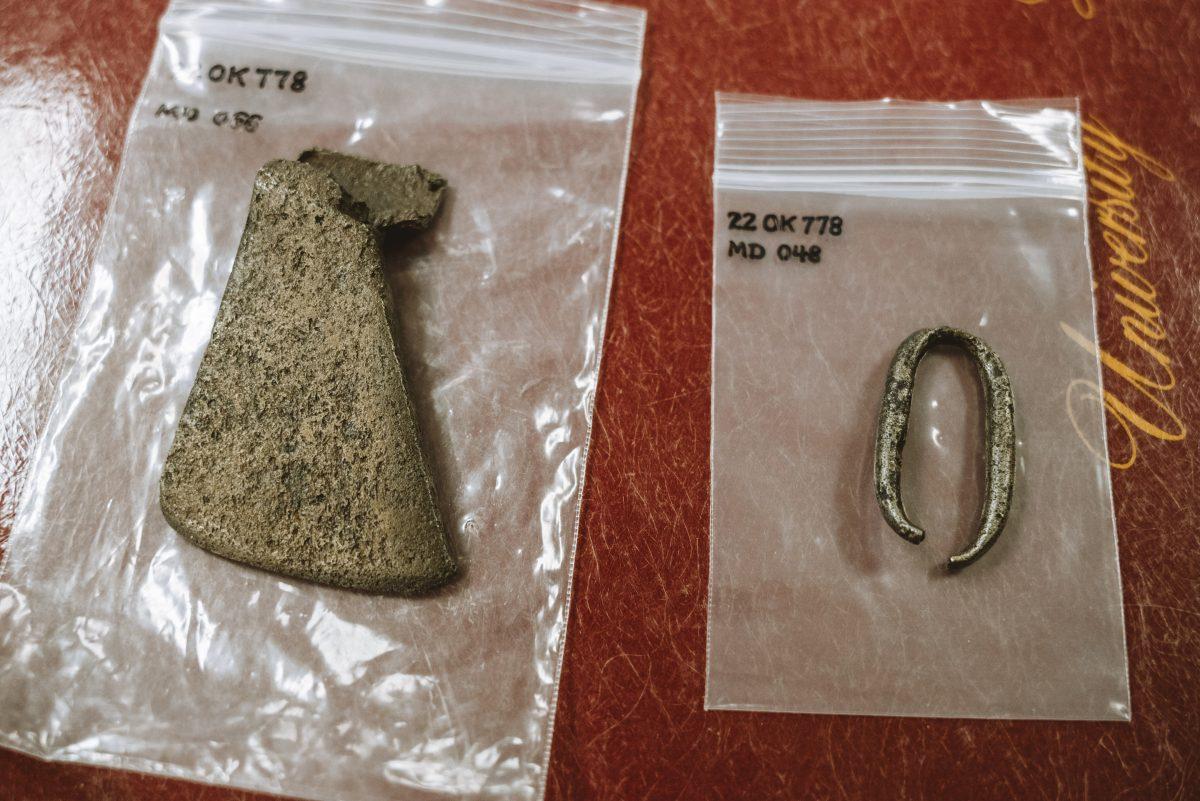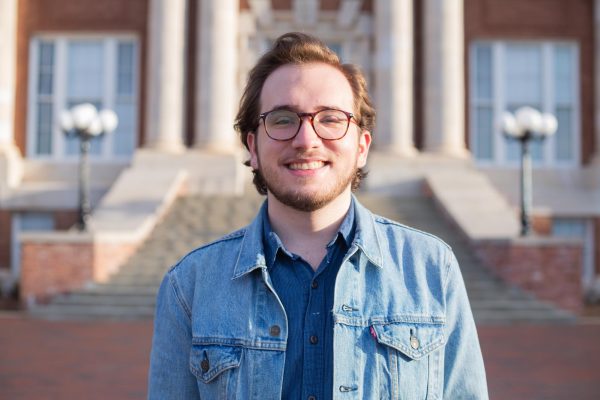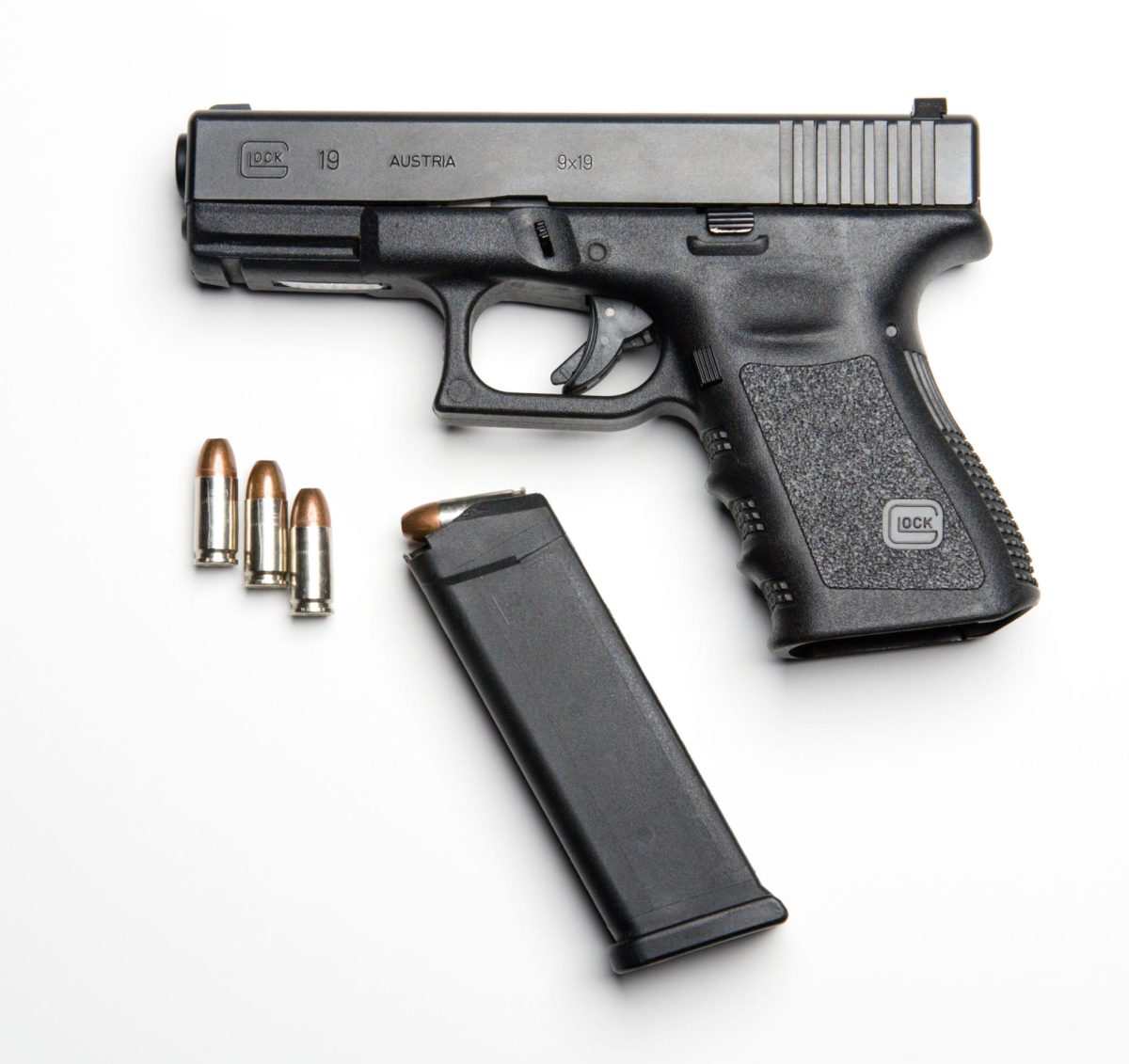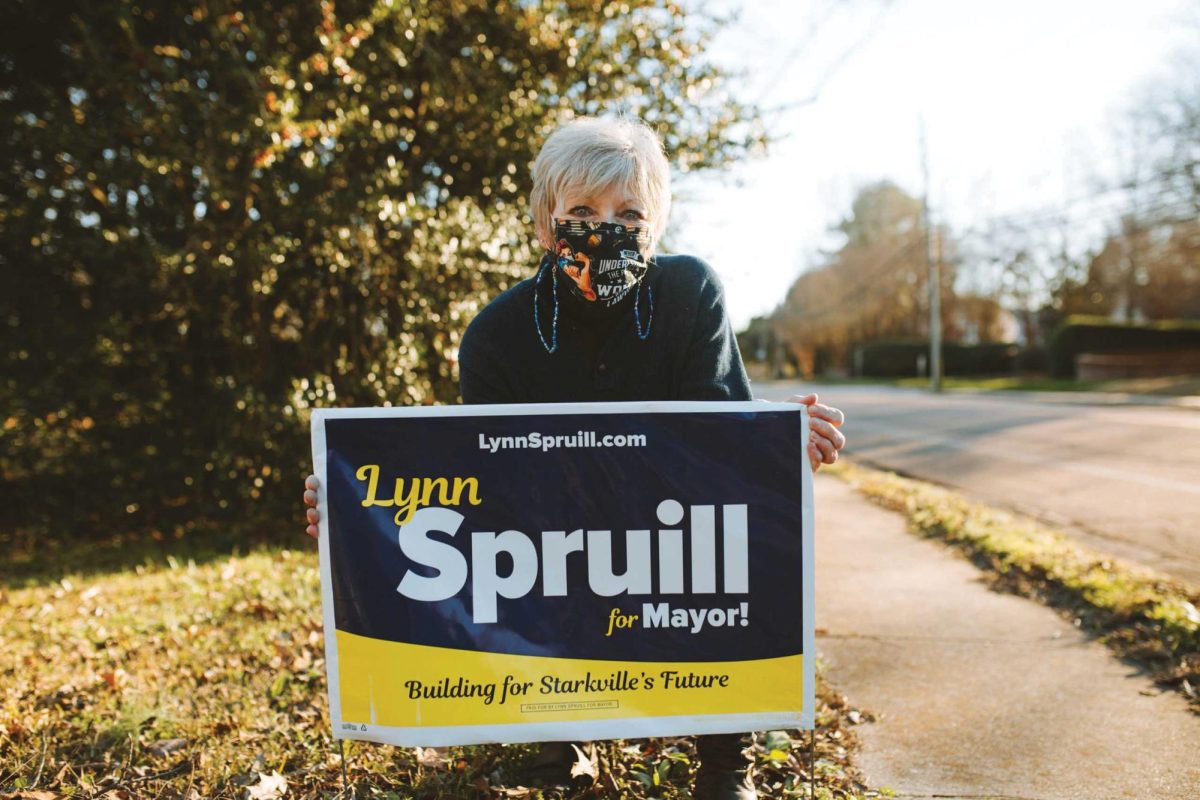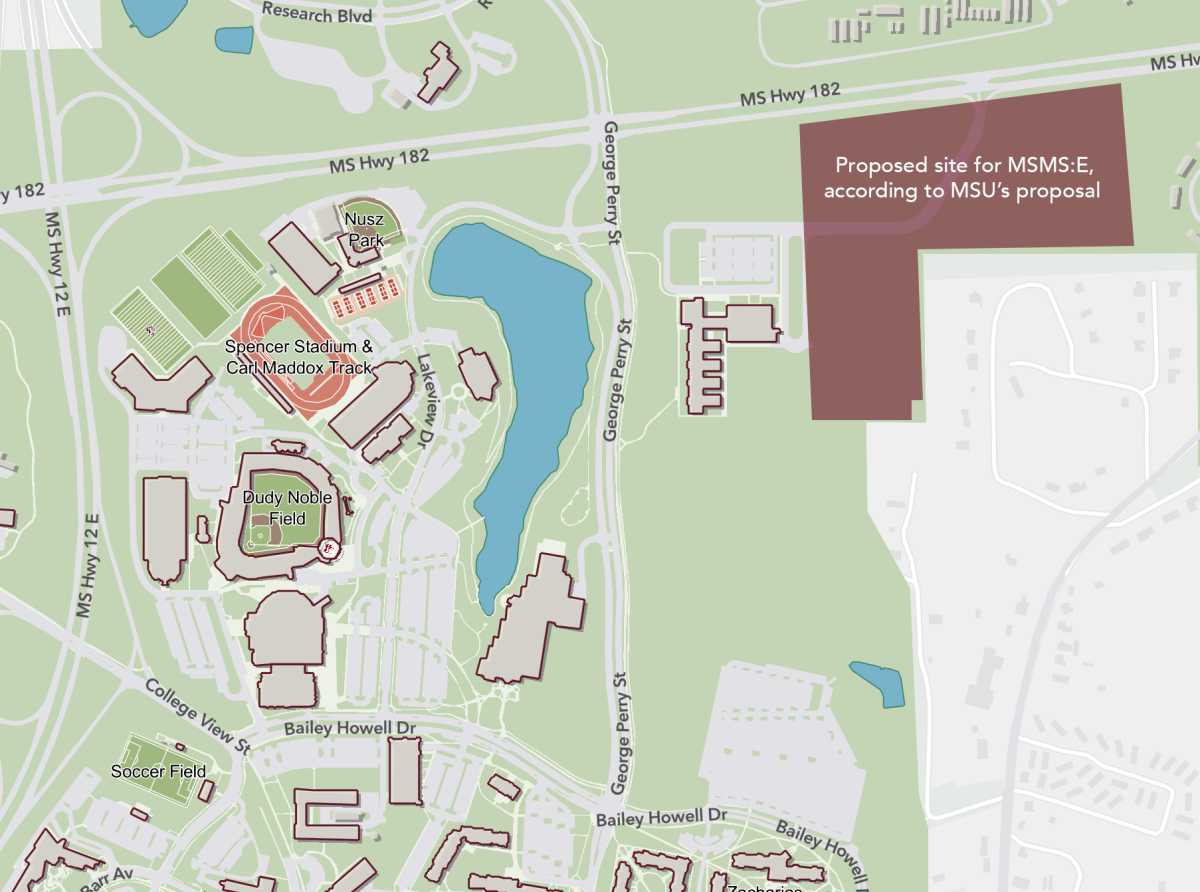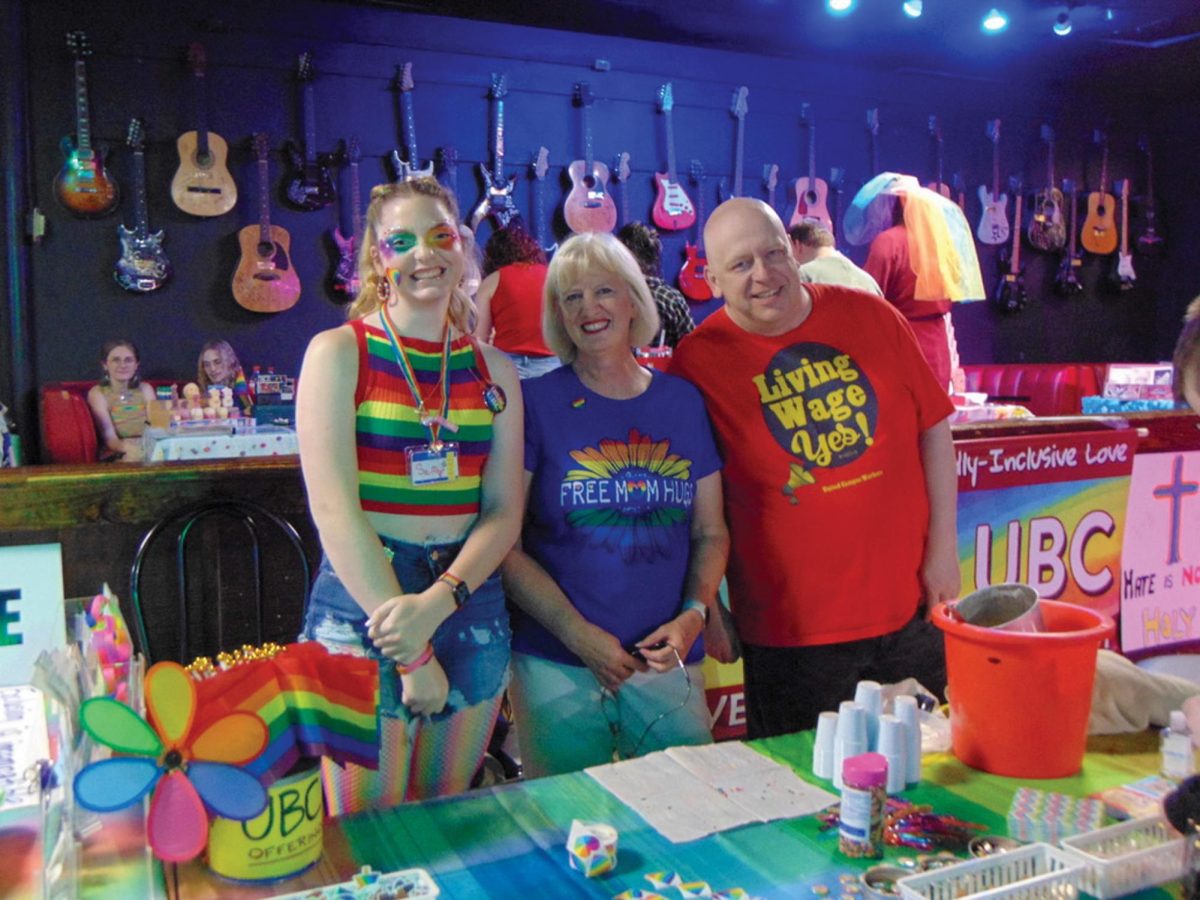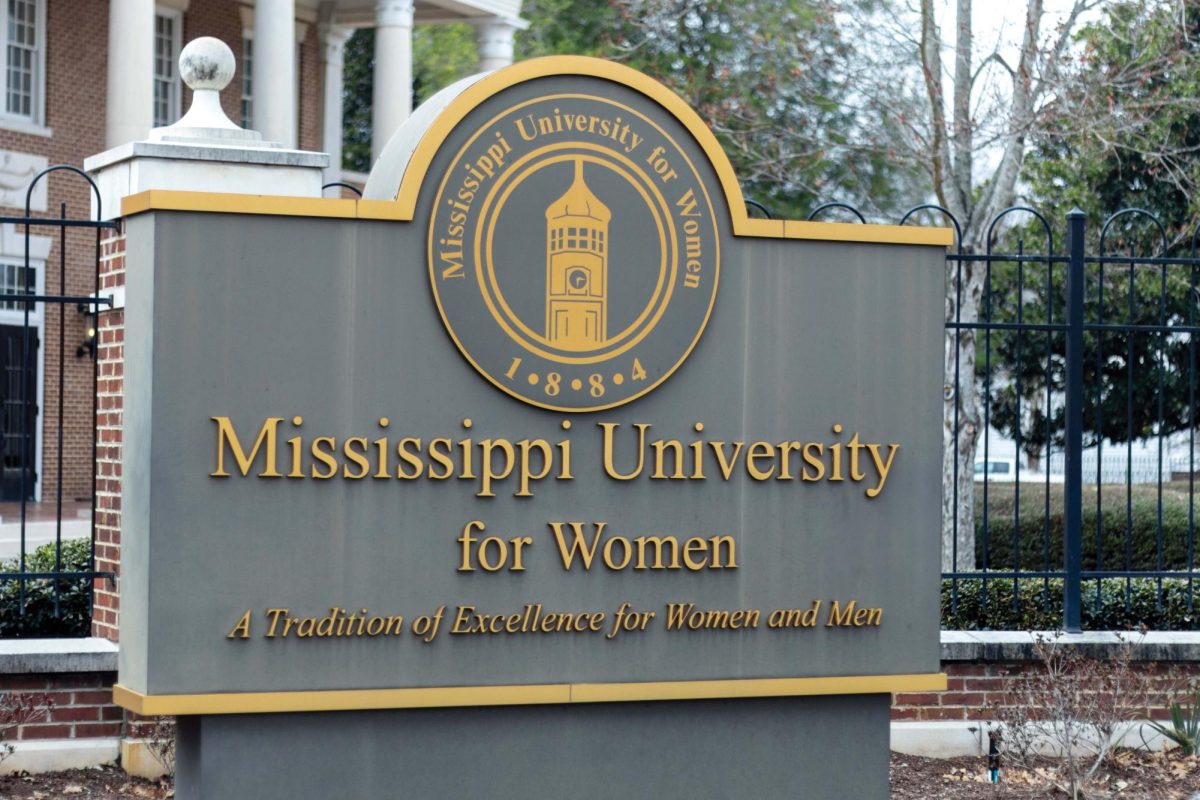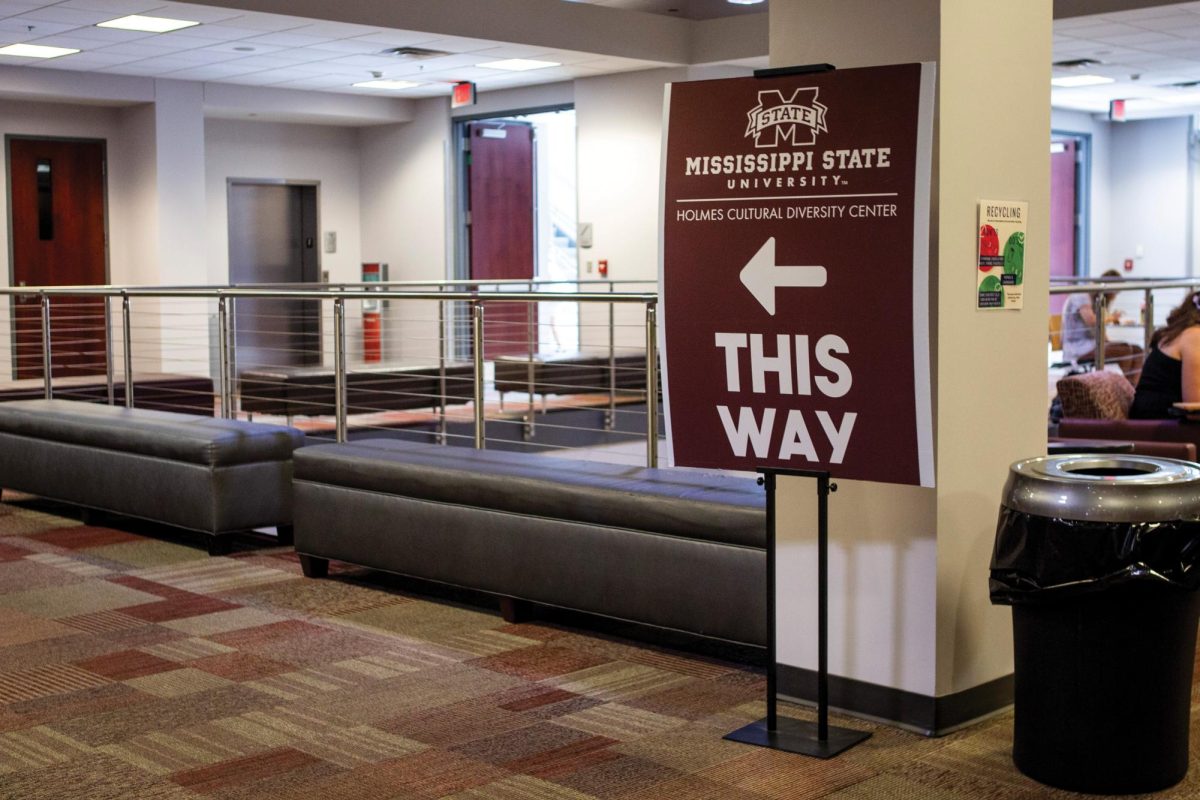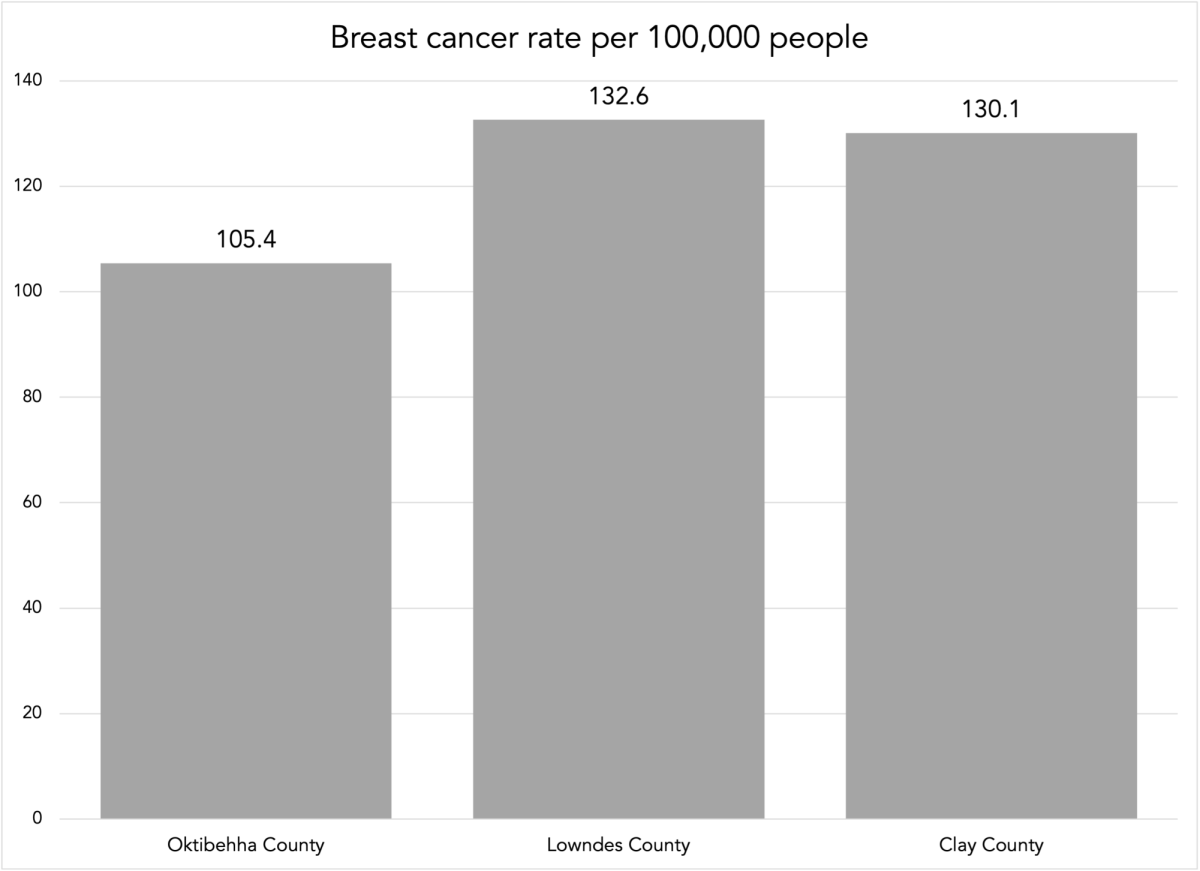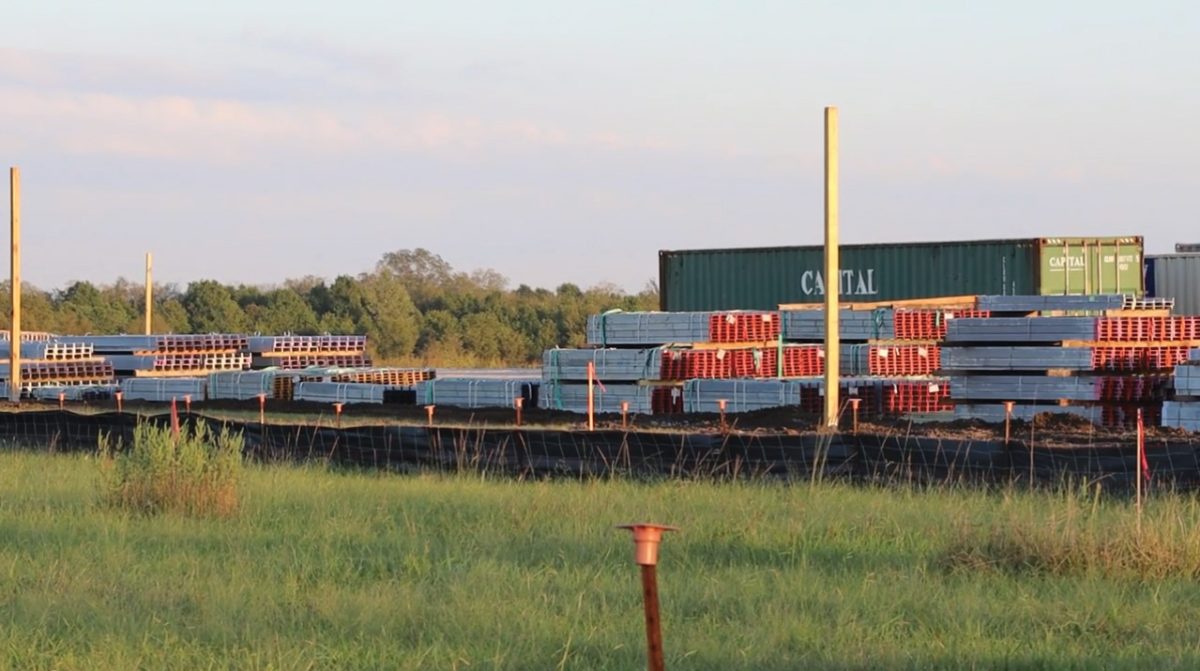In June 2015, archaeologists and students from the Chickasaw Nation, the South Carolina Institute of Archaeology and Anthropology (SCIAA) and the University of Florida traveled south through Mississippi’s Blackland Prairie to survey sites that could have been tied to the Chickasaw Nation’s history.
Brad Lieb, a Mississippi State University graduate and archaeologist for the Chickasaw Nation, was a member of this expedition.
Lieb said they surveyed older sites believed to be related to the Chikasha, a Native American chiefdom ancestral to the modern-day Chickasaw Nation.
After two weeks of searching, they reached the end of their route and had little to show for it.
With two days left in the field, Lieb said he decided to survey a site outside of Starkville at the Starkville Archaeological Complex.
Archaeologists from SCIAA turned on their metal detectors, and within moments, he knew they had discovered something incredible.
“We really couldn’t believe our eyes,” Lieb said.
At this site, archaeologists discovered over one hundred Spanish metal artifacts: iron axe heads, nails, barrel bands, chains, horseshoes, lead shot, brass kettle fragments and even a small cannon ball and a sword fragment. Many of these had been repurposed by Native Americans into useful tools and ornaments.
Tony Boudreaux, an MSU archaeologist involved in the research on Chikasha, said the likely source of these artifacts was the Spanish expedition led by explorer and conquistador Hernando de Soto.
In his 1539 to 1542 expedition, De Soto was the first European to explore deep into what is now Florida, Georgia, South Carolina, Tennessee, Alabama, Mississippi, Arkansas and Texas.
According to Boudreaux, Spanish accounts describe that De Soto arrived in December 1540 at what was likely the Tombigbee River near Columbus, Mississippi.
Lieb said De Soto and his men looked across the river and saw Chikasha warriors lining the bank. After showering the Spanish with arrows, these warriors withdrew when a squadron of Spanish cavalry approached. The Spanish occupied the small town of Chikasha.
Boudreaux said the Chikasha chiefdom was tied together by familial households. Small groups of houses separated by hundreds of yards dotted the region, and a chief held political influence over these households. The Chikasha grew crops in stream bottoms, hunted and foraged in the woodlands of the Blackland Prairie.
According to Lieb, Spaniards likely traded many of their metal fragments to Native Americans as they traveled throughout the southeast. At Chikasha, De Soto likely traded metal for food and clothing so that his men could survive the winter.
“There was a large Native settlement at Starkville — that we know,” Lieb said. “And now we know they were in close contact with the De Soto expedition in 1541.”
Boudreaux said this uneasy peace was short-lived. As spring approached, De Soto demanded more food and slaves from the Chikasha chief.
The Chikasha pretended to submit to De Soto’s demands, but on a night before his departure, Chikasha warriors launched a surprise attack on the Spanish encampment. The Spanish were driven out of the area.
Lieb said it was difficult to determine exactly where De Soto traveled, even though vague accounts of his expedition have existed for centuries. The recent discovery in Starkville has allowed archaeologists to tie history to the archaeological record.
“Chikasha must have been in the Starkville vicinity,” Lieb said. “Unfortunately for archaeology, I’m afraid Starkville sits on 16th-century Chikasha, and so it’s mostly destroyed by development.”
Lieb has helped the Cherokee Nation direct the Chickasaw Explorers Program for Chickasaw college students who are interested in learning about their nation’s history and culture.
Lieb said the program consists of a two-week trip to the Chickasaw homeland to survey archaeological sites.
Riley Freeman, a Chickasaw archaeologist, was on the Chickasaw Explorers expedition in 2018 and helped excavate many artifacts related to De Soto’s expedition.
Freeman said she discovered pieces of pottery formed by the hands of her ancestors.
She recently completed her master’s thesis on the Starkville discoveries.
“We’re understanding who lived there, what they did, what kind of pottery they made, what they ate — all sorts of really interesting things,” Freeman said.
According to Freeman, there is still plenty to uncover in Starkville.
Lieb said he felt the discovery had powerful implications for Starkville’s history.
“It’s very significant for Starkville to be the site of such a historical event — the first contact between the Chickasaw and the Spanish, the first contact between Europeans and Native Americans, in what’s today Mississippi and also the first battle between Native Americans and Europeans in what’s today Mississippi,” Lieb said.
Iron axe heads were found at the site.


